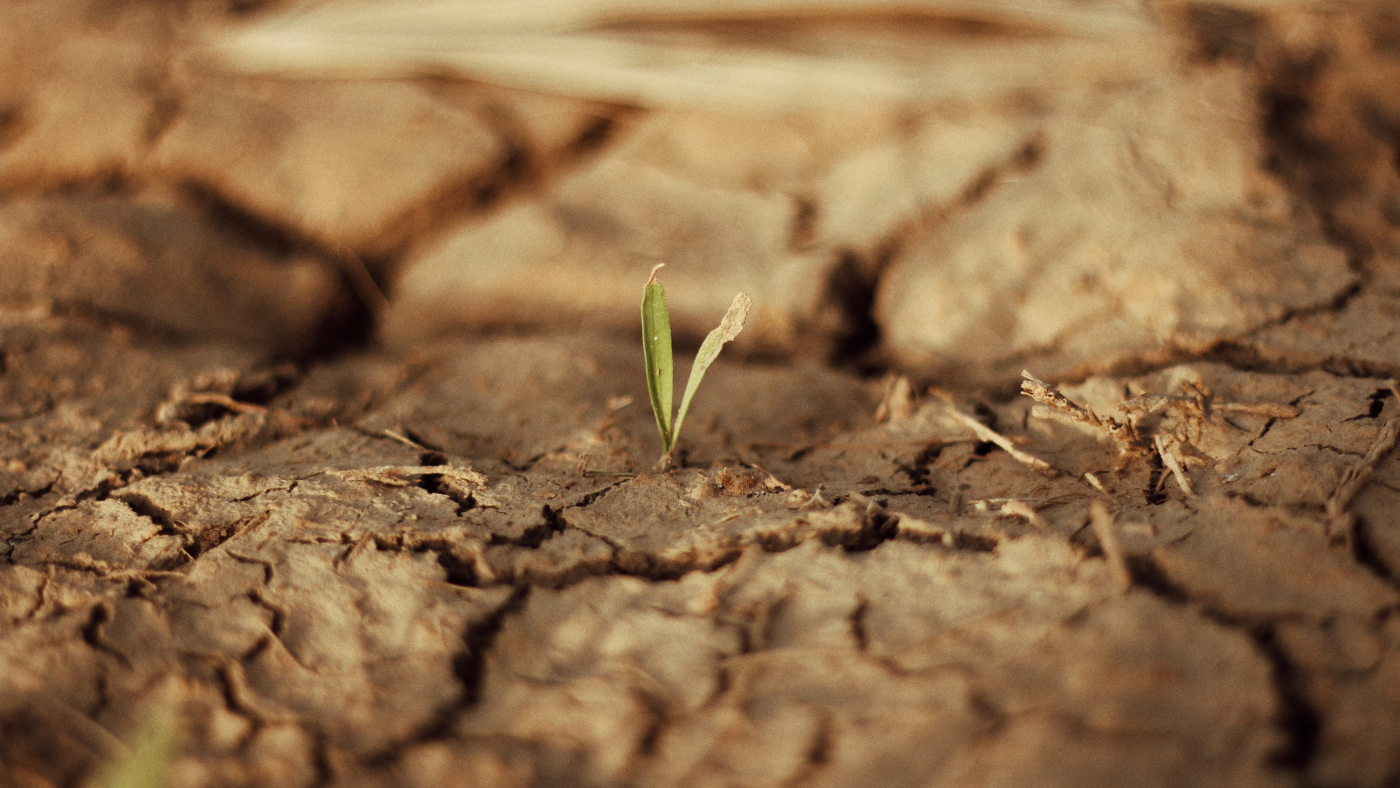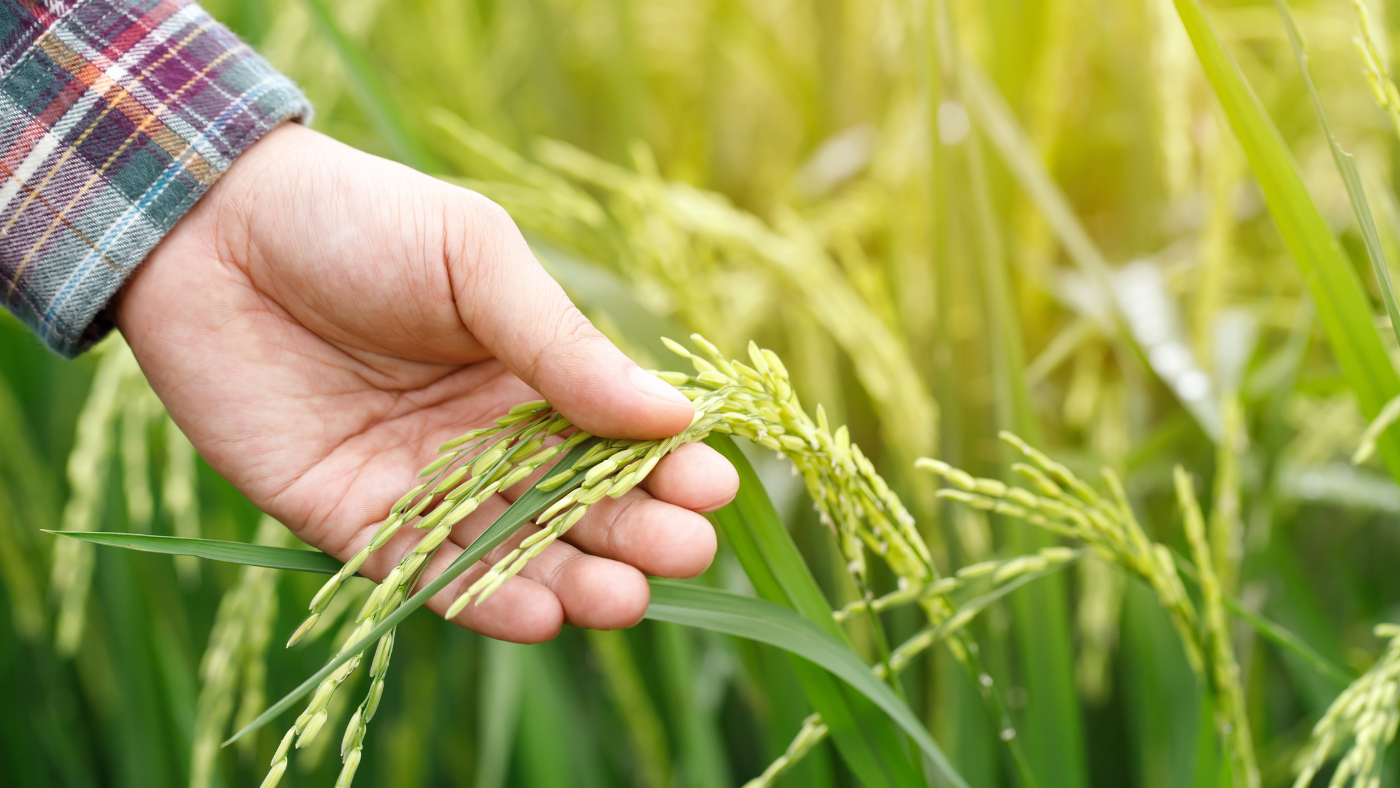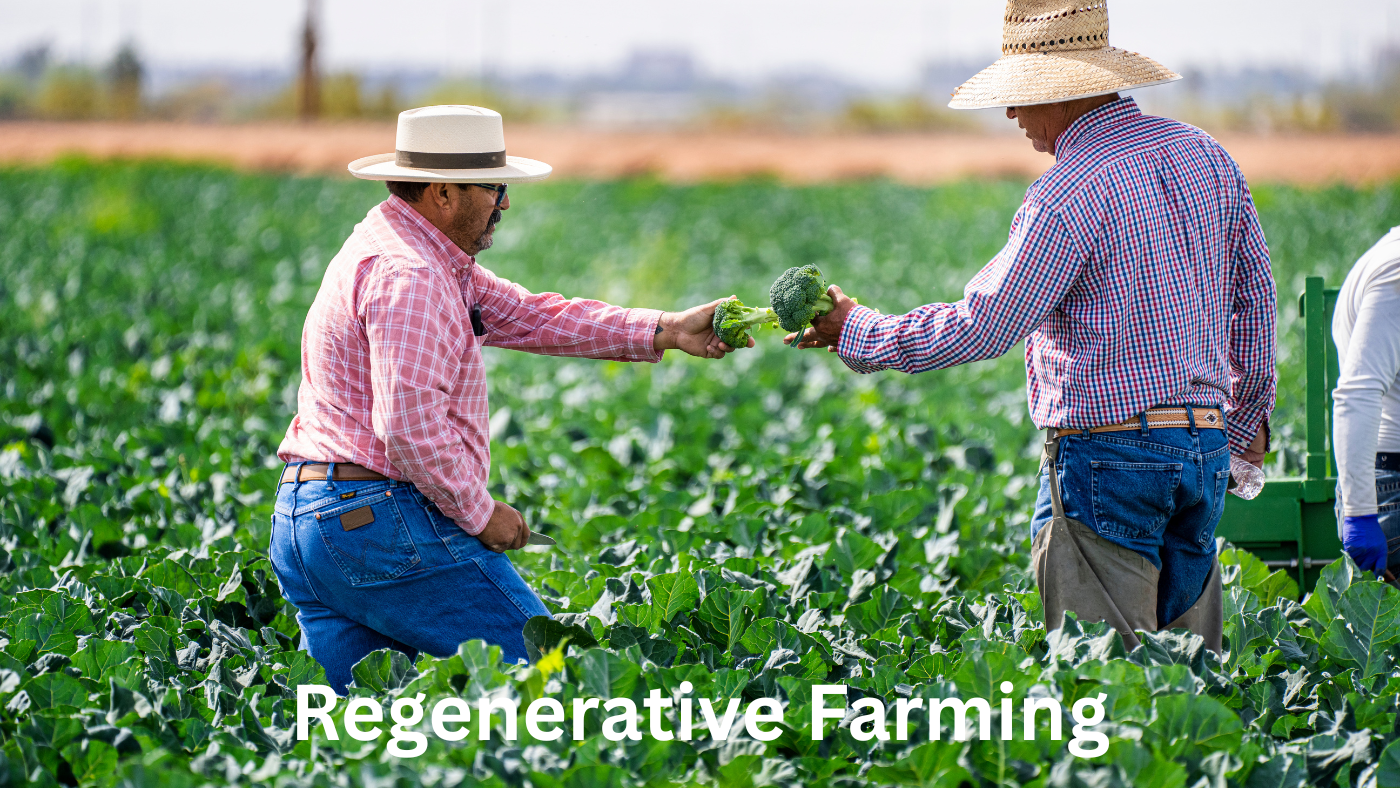Did you know that 40% of India's soil is already degraded, according to the National Bureau of Soil Survey?
If you're a small farmer struggling with:
- Rising costs of urea and pesticides
- Declining crop yields year after year
- Erratic monsoons and water scarcity
—this guide will show you 5 practical steps to transition to regenerative farming, government schemes that support it, and real success stories from Indian villages.
🌾 Introduction: Farming the Future
Regenerative agriculture is more than a buzzword — it’s a revolution in farming. At its core, it's about healing the land while improving productivity. In India, where agriculture supports over 50% of the population, regenerative practices are emerging as a solution to climate change, soil degradation, and dwindling profits. But what exactly is regenerative agriculture, and how can it help Indian farmers thrive in 2025?
🔍 What is Regenerative Agriculture?
Regenerative agriculture goes beyond sustainable farming. It’s a method that improves the ecosystem — especially soil health and biodiversity — over time.
- Minimal Soil Disturbance: Avoid ploughing to protect microbes and structure.
- Cover Cropping: Planting to reduce erosion and enhance nutrients.
- Diverse Crop Rotation: Breaks pest cycles and improves yields.
- Reduced Chemical Use: Promotes natural pest control.
- Integrating Livestock: Helps improve soil fertility and texture.
💔 The Big Problem: Why Indian Soil is Dying

"After 20 years of chemical farming, my land stopped giving yields. I had to sell my wife's jewelry to buy more urea," says Rameshwar Patil, a Maharashtra cotton farmer.
For decades, the "Green Revolution" model of chemical-heavy farming has damaged India's soil. Here's how:
- Loss of Organic Matter: Punjab's soil, once among the richest, now has less than 0.5% organic carbon (ideal is 3–5%).
- Water Waste: Flood irrigation washes away topsoil—1 inch takes 500 years to form naturally!
- Farmer Debt: Many rely on loans for expensive fertilizers, trapping them in cycles of debt.
🇮🇳 Why It Matters for Indian Farmers
| Benefit | Impact |
|---|---|
| Better Soil Health | Higher yields and long-term fertility |
| Water Retention | Ideal for drought-prone states like Maharashtra & Rajasthan |
| Lower Input Costs | Reduced reliance on fertilizers and pesticides |
| Climate Resilience | Protects against erratic weather patterns |
| Market Premiums | Growing demand for regenerative, organic produce |
🌱 How to Start Regenerative Farming (2025 Guide)

🧑🌾 Pro Tip: Start with just one regenerative practice and expand slowly.
| Step | Action |
|---|---|
| 1. Assess Your Soil | Use soil health kits or govt agri labs |
| 2. Plant Cover Crops | Mustard, pulses, or sunhemp off-season |
| 3. Reduce Tillage | No-till or limited tractor use |
| 4. Rotate Crops | Alternate cereals, pulses, vegetables |
| 5. Use Natural Inputs | Vermicompost, jeevamrut, neem-based sprays |
🛠 5 Regenerative Farming Solutions You Can Start Today

Regenerative Farming Solutions
- Cover Cropping (ढक्कन फसल): Grow moong, horse gram, or sunn hemp. Ex: Bihar farmer increased wheat yield by 22%.
- Zero Tillage (बिना जुताई की खेती): Save ₹3,000/acre, retain 30% more water. Govt support via PKVY: ₹50,000/acre.
- Jeevamrut: Mix cow dung, urine, jaggery, pulse flour. Cost: ₹200/acre vs ₹2,500 chemical input.
- Agroforestry: Plant neem or bamboo along borders. Bonus income: ₹5,000/year from neem leaves.
- Diversified Crops: Avoid monoculture. Grow 3+ crops like turmeric, ginger, papaya together.
❓ FAQs: Regenerative Farming Doubts Solved
✅ Yes! Start with composting + 1 cover crop.
⚠️ Possibly in Year 1 as soil heals, but 18% higher yields from Year 2+ (e.g., Karnataka).
🌱 Organic avoids chemicals. Regenerative rebuilds soil life with microbes and fungi.
🌍 A Global Trend with Local Power
From startups to subsidies, India is poised to lead the global regenerative movement. As international brands seek ethically grown food, Indian farmers — backed by both technology and age-old wisdom — are well-positioned to deliver.
Regenerative agriculture is not just a buzzword. It’s a practical, future-ready solution to heal the soil, boost profits, and build climate resilience. Whether you're cultivating 1 acre or 100, adopting even one regenerative practice can transform your land and livelihood.
🌾 Ready to give your soil a second life? Start small, stay consistent, and grow sustainably.



